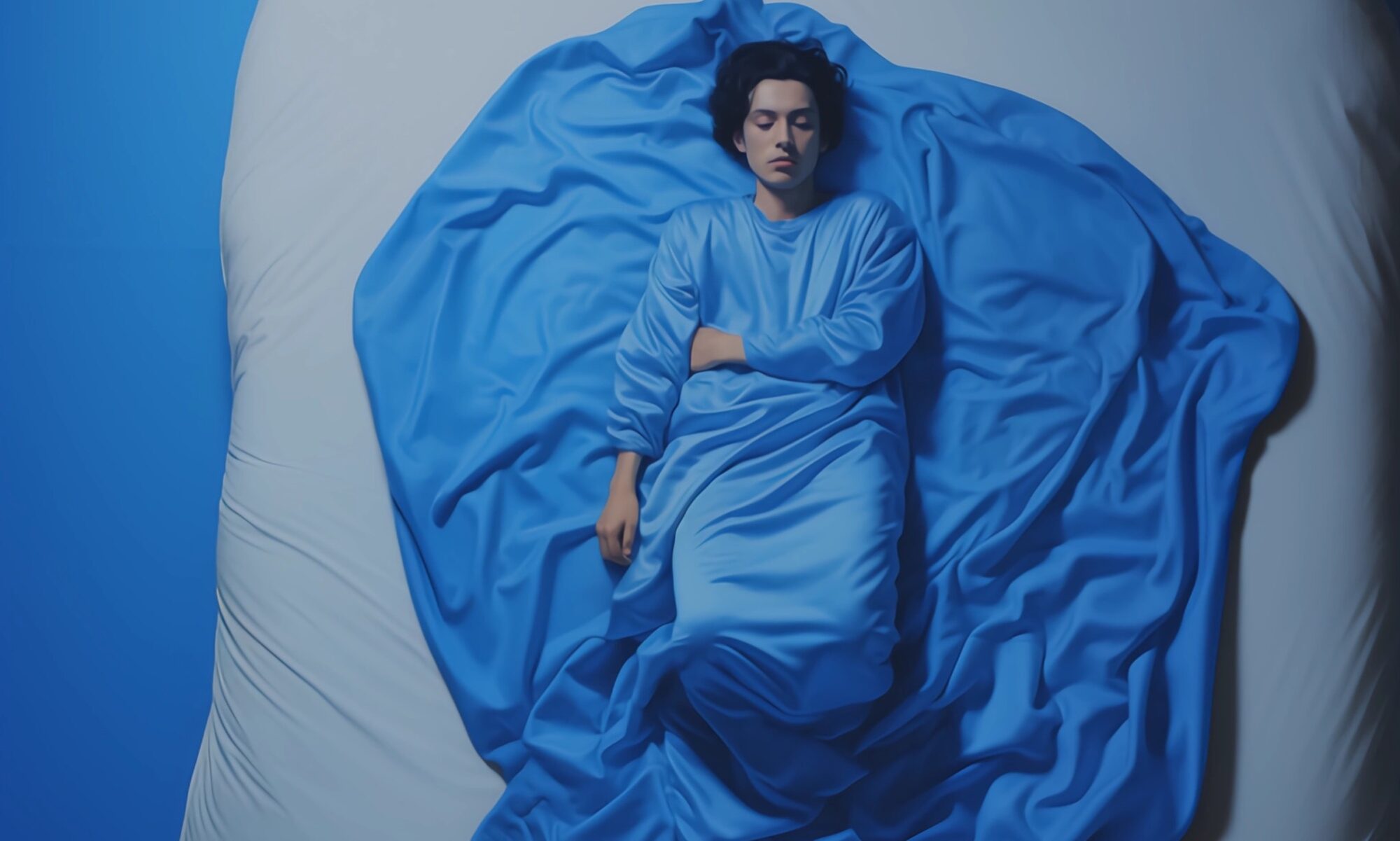Easter holidays often bring family gatherings, late nights, and disrupted routines. As the celebrations wind down, adjusting your sleep schedule is key to feeling energised again. Learn simple steps to reset your internal clock and reclaim your rest.
Easter holidays are a time for joy, family, and perhaps a bit too much chocolate. While the celebrations are wonderful, the late nights and irregular schedules can leave your sleep patterns completely out of sync. If you’ve been struggling to adjust after the break, don’t worry. Here are some detailed suggestions to help you get your sleep schedule back on track:

1. Set a Regular Sleep Schedule
Consistency is key when it comes to fixing your sleep. Pick a specific time to go to bed and wake up every day, even on weekends. If you’ve been staying up late over Easter, start by adjusting gradually. Move your bedtime earlier by 15-30 minutes each night until you’re back to your usual routine.
2. Avoid Sleeping In
After a few late nights, it’s tempting to sleep in to “catch up” on rest. However, this can throw your internal clock even further off balance. Stick to your planned wake-up time, even if you feel a bit tired at first. Waking up consistently helps reset your body’s natural rhythm.
3. Get Morning Sunlight
Natural light is one of the best tools for regulating your internal clock. Spend time outdoors in the morning or sit by a bright window as you sip your coffee or tea. This signals to your brain that it’s daytime and helps you feel more awake. Avoid dimly lit spaces in the morning, as they can prolong grogginess.
4. Limit Caffeine and Sugar
Easter often comes with its fair share of caffeine-fuelled mornings and sugar-packed treats. While enjoyable, both can disrupt your sleep if consumed too close to bedtime. Aim to cut off caffeine intake by early afternoon and avoid sugary snacks in the evening. Opt for lighter, healthier alternatives instead.
5. Create a Relaxing Evening Routine
Ease your mind and body into sleep by developing a calming pre-bedtime routine. This could include activities like reading a book, meditating, or enjoying a warm bath. Avoid stimulating activities, such as watching action-packed TV shows or scrolling through social media.
6. Turn Off Screens Early
Blue light from phones, tablets, and TVs can interfere with melatonin production, the hormone that helps you feel sleepy. Try to switch off electronic devices at least an hour before bed. If you must use screens, consider wearing blue light-blocking glasses or enabling night mode on your devices.
7. Make Your Bedroom Sleep-Friendly
Your sleeping environment plays a big role in how well you rest. Keep your bedroom cool, dark, and quiet. Invest in blackout curtains if light is an issue, and use a fan or white noise machine to block out disturbances. A comfortable mattress and soft bedding can also make a significant difference.
8. Avoid Napping During the Day
While a short nap can be helpful when you’re sleep-deprived, long or late naps can ruin your chances of falling asleep at night. If you must nap, limit it to 20-30 minutes and make sure it’s earlier in the day.
9. Be Patient with Yourself
It’s normal for your body to take a few days—or even a week—to fully adjust after a holiday. Don’t stress if you’re not back to your usual routine right away. The key is to stay consistent and avoid falling into old habits.
By following these tips, you’ll soon find yourself slipping back into a healthy sleep pattern. A well-rested body and mind will leave you feeling refreshed, energised, and ready to take on whatever comes next—whether it’s work, studies, or simply the daily grind.
If you’re looking for an extra boost, our Dozywave sleep patches are here to help. Designed for adults and children alike, these patches offer a natural and effective solution to sleep troubles. Whether you’re struggling to fall asleep, stay asleep, or simply need a little help re-establishing your rhythm, Dozywave has you covered.
With these tips and a little patience, you’ll soon be back to feeling refreshed and energised. Let Dozywave take the hassle out of sleep adjustments, giving you and your family the rest you deserve.



